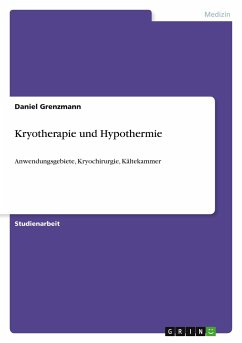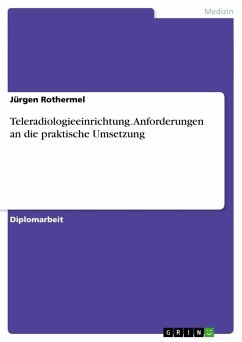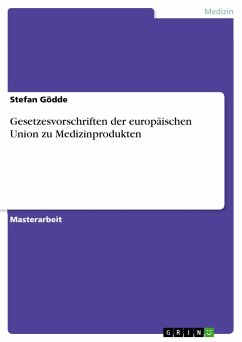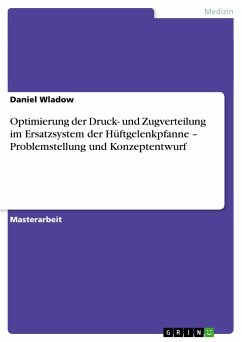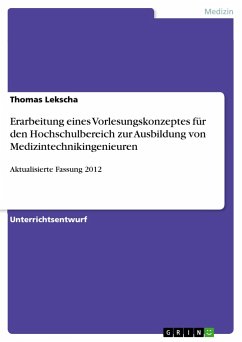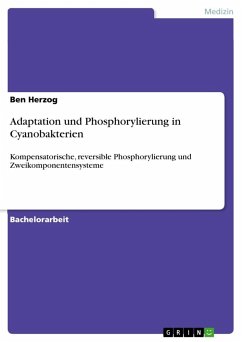
Untersuchungen des thermoplastischen Shape-Memory-Effekts für die vaskuläre Anwendung

PAYBACK Punkte
0 °P sammeln!
Bachelorarbeit aus dem Jahr 2014 im Fachbereich Medizin - Biomedizinische Technik, Note: 1,3, Technische Universität München (Lehrstuhl für Medizintechnik), Sprache: Deutsch, Abstract: Ischemic heart disease is the result of reduced blood flow through thrombotic atherosclerotic coronary arteries. This disease is the leading cause of mortality in the world.Today, the two most frequent procedures for patients, which do not reply appropriately to pharmacologic therapy, are percutaneous transluminal coronary angioplasty (PTCA) and coronary artery bypass grafting (CABG). The frequent failing of ...
Bachelorarbeit aus dem Jahr 2014 im Fachbereich Medizin - Biomedizinische Technik, Note: 1,3, Technische Universität München (Lehrstuhl für Medizintechnik), Sprache: Deutsch, Abstract: Ischemic heart disease is the result of reduced blood flow through thrombotic atherosclerotic coronary arteries. This disease is the leading cause of mortality in the world.Today, the two most frequent procedures for patients, which do not reply appropriately to pharmacologic therapy, are percutaneous transluminal coronary angioplasty (PTCA) and coronary artery bypass grafting (CABG). The frequent failing of long-term efficacy of these techniques and the physical stress for the patient associated with major coronary surgery have encouraged the research on new technologies, including polymer stents and new ways for an efficient implantation.The demand to understand and limit the most common mode of stenting failure - chronic restenosis - must include an understanding of the mechanical basis of arterial injury. Due to this problem, FEM simulations with ANSYS were made. Different levels of radial pressure were set upon a model of an artery with symmetric plaque and a polymer stent in the middle of the existing vessel. The aim was to gain better information about the mechanical situation in the vessel and the behavior of the stent during rising pressures caused by plaque. Symmetric debilitations with thin beams are the key facts for a successful usage of the polymer stents and a blood flow without turbulences.Furthermore series of experiments were made on the shape-memory-effect of polymers. This effect plays a determining roll in the implantation of polymeric vascular implants. Varying different parameters leads to an improvement of the effect and to a better implantation. Regarding the outputs of the series, the shape-memory-effect has a lot of different parameters, which influence the effect in more or less important ways. Varying the number of material debilitations in the tested stents gave new insight on the effect. These debilitations should bring the samples to a more realistic shape.Regarding the output of the series a successful programming of the temporary form could be realized and the reset to the original shape was almost completely possible. Debilitations are having influence on the memory effect due to the reduced alignment of molecules during the programming of the effect.





